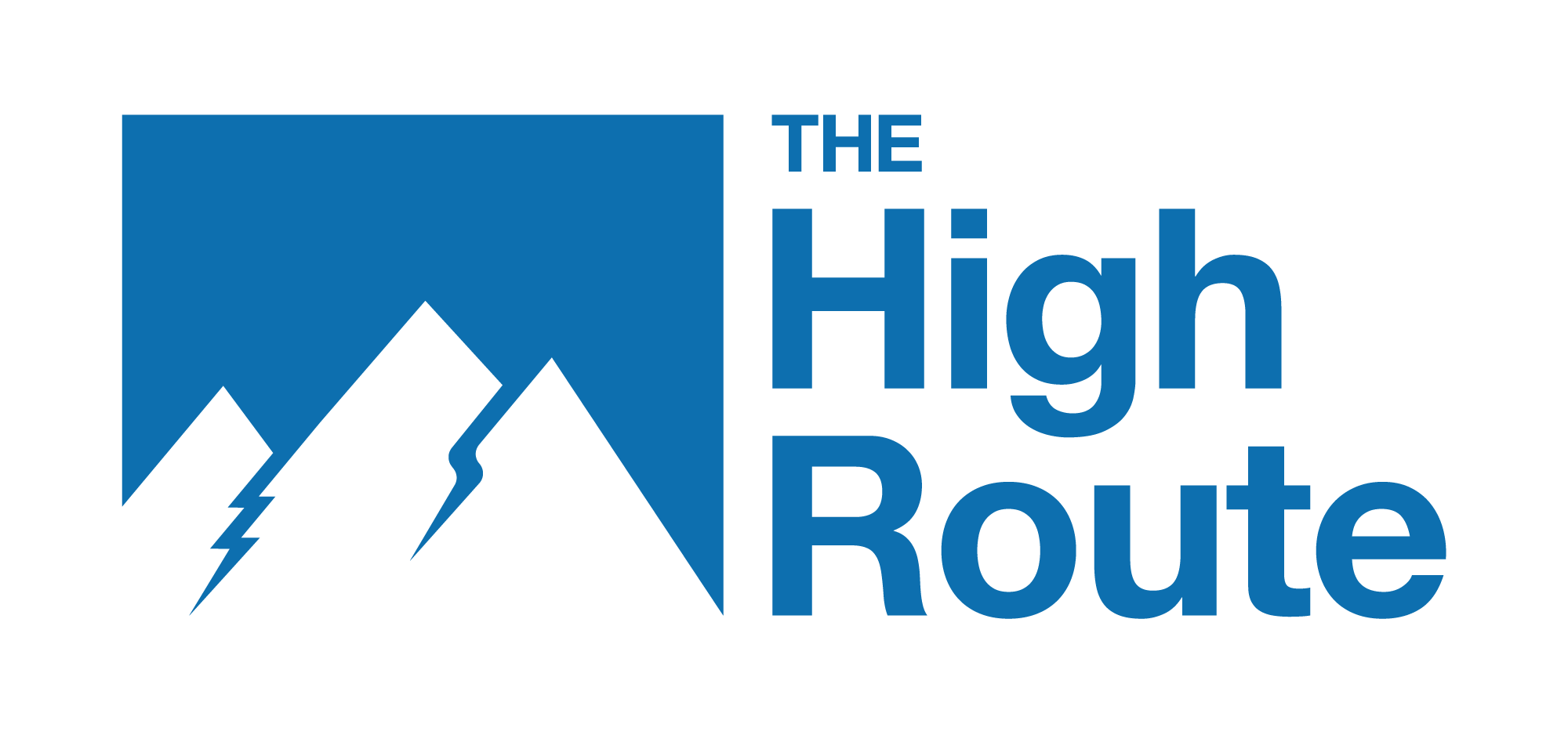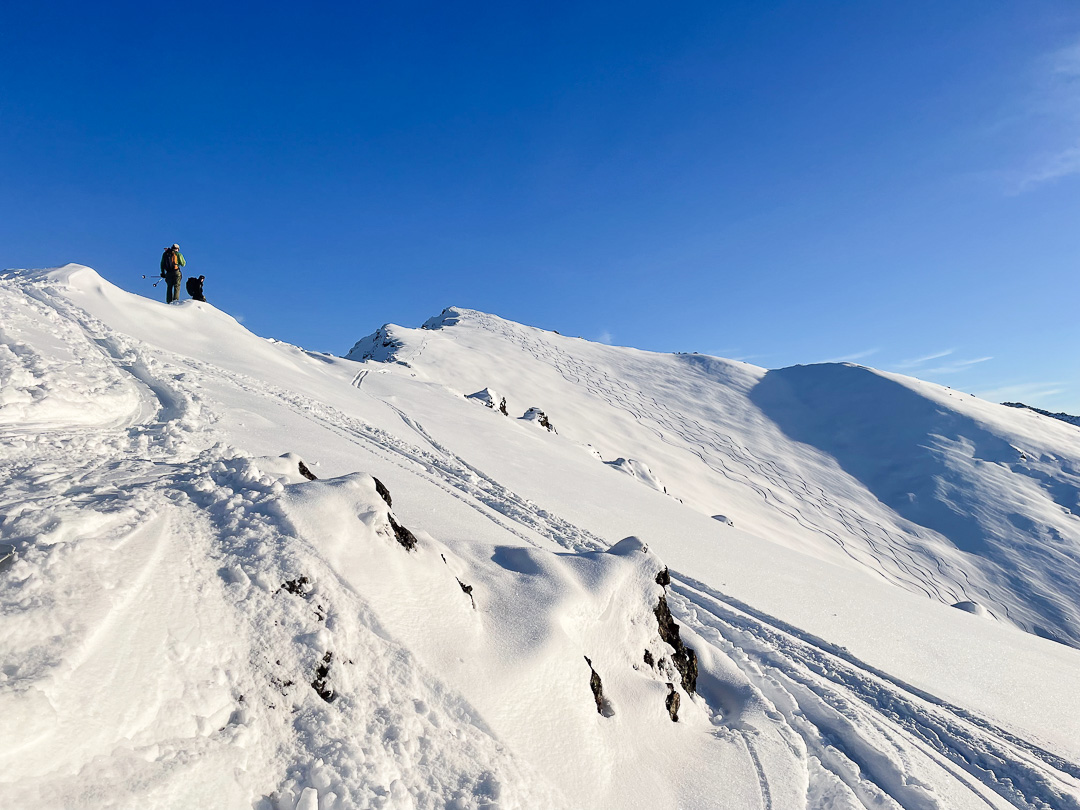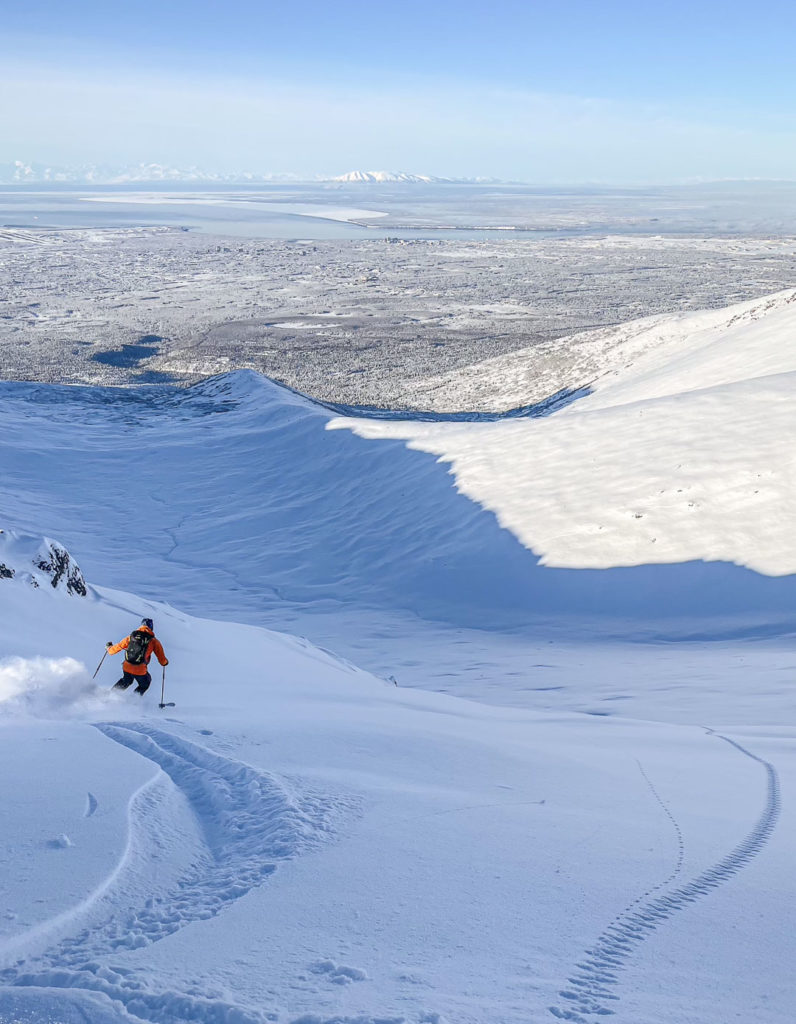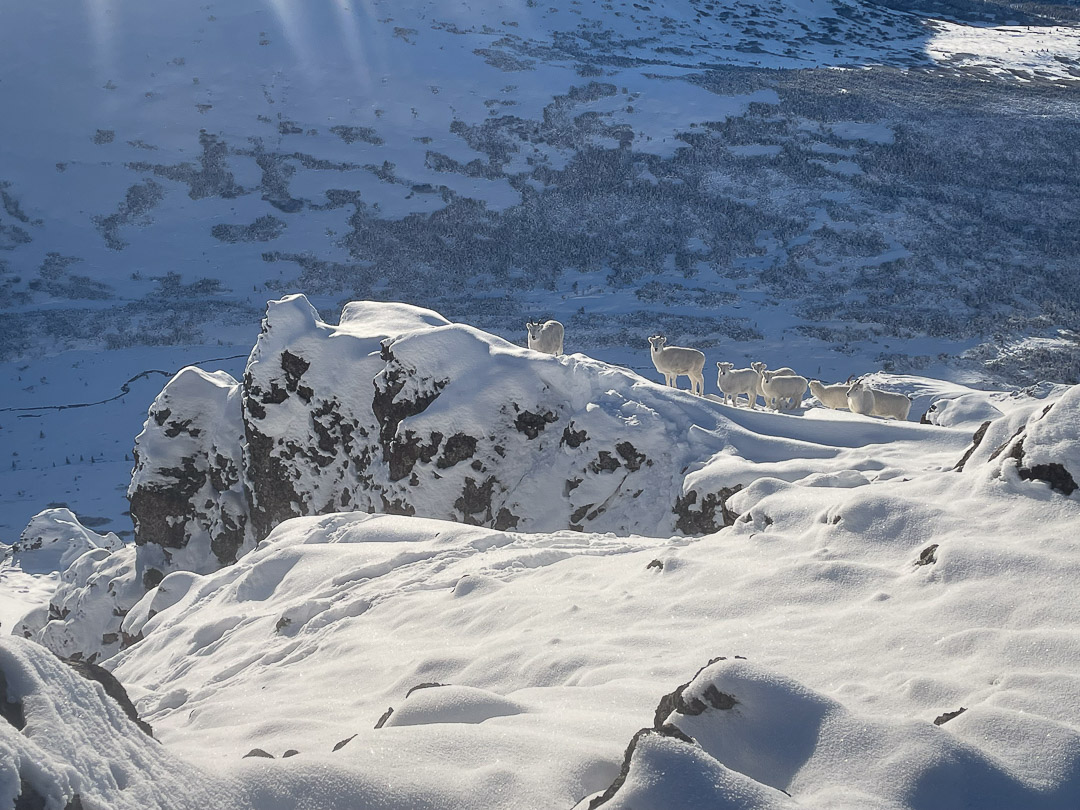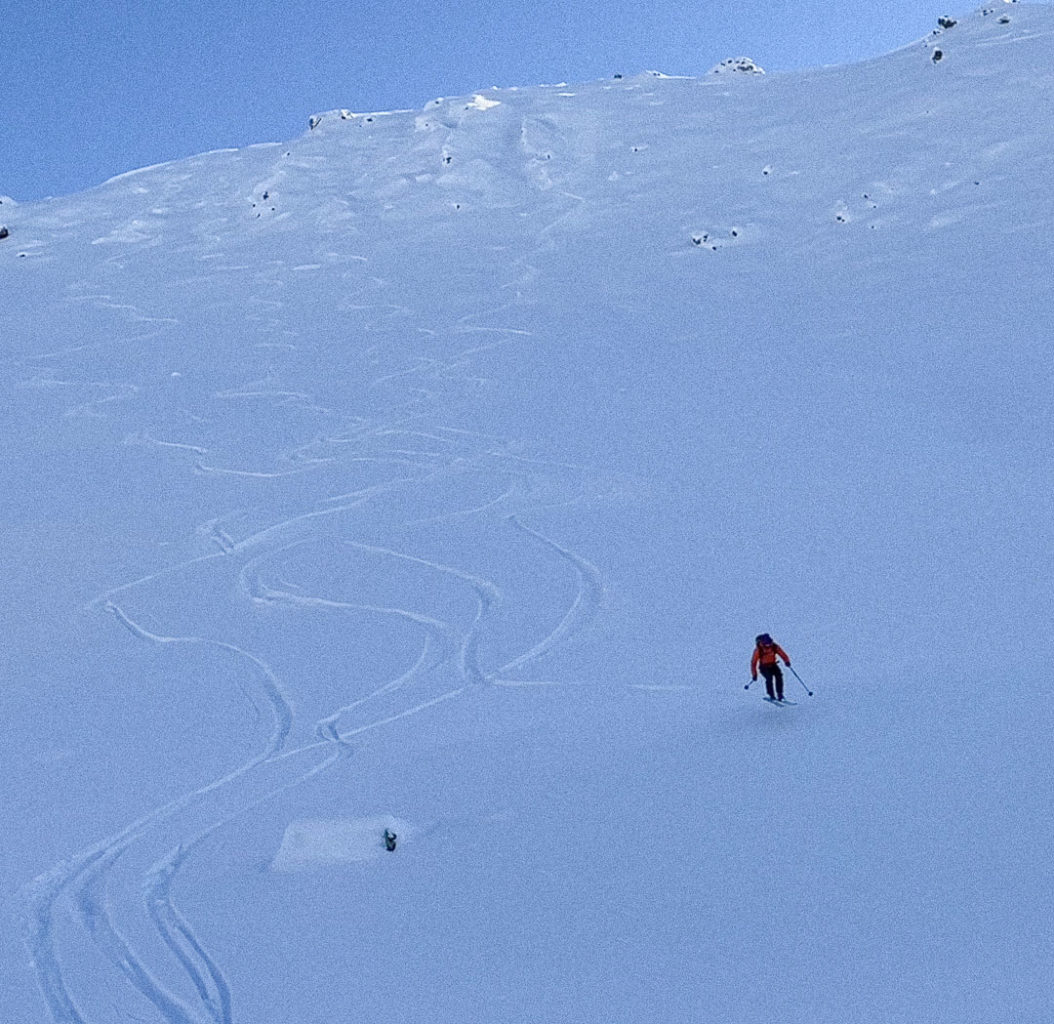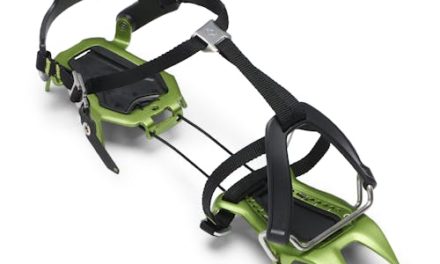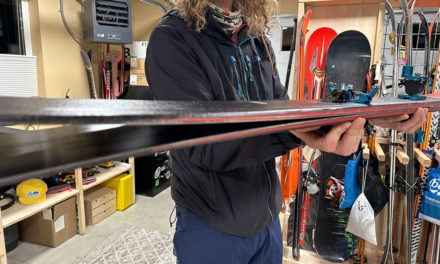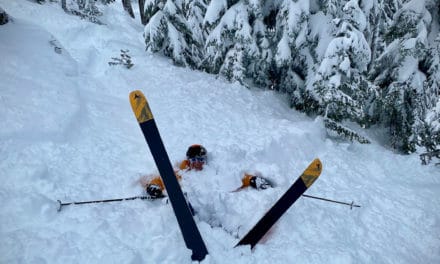A couple weeks back I wore running shoes on Chugach trails, went ice skating, and ignored the broken snow blower in my garage. It was, up to then, a relatively dry fall in the Chugach.
Then it dumped three feet of snow in 36 hours.
El Niño
Called El Niño because it historically shows up auspiciously around Christmas. Typical conditions in the Pacific Ocean pull warm water from South America along Westerly trade winds to Asia and an upwelling of cold water along the coast of the Americas. El Niño describes a weakening of these trade winds, such that warm water moves back east.
Changing ocean conditions changes climate patterns. In the U.S., warm water off the West Coast brings increased precipitation to the typically dry Southwest, above average temperatures further north, and every skier on the continent pouring out tea leaves in hopes of divining snow totals and actualizing pow days.
The PNW tends to see warmer El Niño temps which bring rain and the Northeast tends to end up with a continental El Niño rain shadow and drier winters.
The High Sierra, and Southwest on the other hand, get a boon to snowfall so long as their elevation keeps things cool. Colorado falls a bit in the middle, with a fairly weak signal in the historic record. El Niño can push storm tracks into the state, especially in the Front Range and Southern Mountains, giving CO a higher likelihood of an at least average snow year. If it’s snowy, folks will say it’s El Niño, but that’s far from a given.
Where skiers in the Western half of the lower 48 rely on altitude to buffer El Niño warming and keep precip snowy, Alaska’s latitude typically provides ample protection. El Niño patterns often bring more north flow storms into the Gulf of Alaska, meaning a wetter than average Chugach, and drier than average interior. The 30 inches of shoveling I started my day with last Thursday seems to be a strong sign of this pattern.
The Chugach Mountains are known as one of the snowiest places on the planet. Touring meccas, heli ski outfits, big mountains, and truly absurd snow totals all serve to secure the Chugach in ski lore. Parts of the range average 500 inches a year. The winter of 1952-53 brough 974 inches of snow to Thompson Pass. The gulf of Alaska regularly sends an atmospheric river barreling into towering peaks over Prince WIlliam Sound. Glaciers pour into the ocean.
Skiers in the Front Range of the Chugach, however, are not so lucky. The Front Range sits in Chugach State Park above Anchorage Alaska. It’s the terminus of the Western Chugach, and its low elevation is trapped in a rain shadow behind high peaks to the east. The mountains also sit in a bit of a squeeze between harsh weather and other ranges on all sides—the Cook Inlet and Tordrillo Mountains to the west, Talkeetna and Alaska Ranges to the North, Kenai Mountains to the south, and High Chugach to the east. This means that even when snow falls, it doesn’t always stick around. Glenn Alps, a popular Anchorage trailhead, frequently sees a respectable average snowfall of 166 inches, but also gets winds over 100mph regularly. Skiing here can be great, but it can also be scrappy and requires patience, persistence, and regular monitoring. I also love it. It is my favorite place to ski on the planet— there is incredible terrain and magical windows of pow during the season, ample opportunity for alluring sunset skiing, all usually with a view of the ocean.
There are few rules I stick to when it comes to skiing in the Front Range. One of them is, ‘never ski Wolverine.’ This peak stares at town and is right on the edge of the Front Range. It often looks like it should be good, but is usually so wind hammered as to be silly. Rules, however, are made to be broken.
Tom and I headed to Wolverine a couple days after the storm. It was magical. Steep talus slopes were filled in in the course of one storm. No wind hit the snow.
My hope is this is a sign of El Niño for the year. Just cold enough. Wet, but perhaps calm winds will favor us.
Author’s Note: I wrote this a few weeks ago. Since then, it went dry, then cold, then warm, and now wet. The Chugach winds returned the norm of windboard and high avy danger to the Front Range. Turnagain pass is deep, if not a bit wind hammered at the moment. Yesterday I went skiing in a single digit white out. Today it rained. We are holding on to a solid base that extends to sea level. I’m not really sure what’s going on with the weather, but I’m pretty sure it’s definitely probably because of El Niño.
